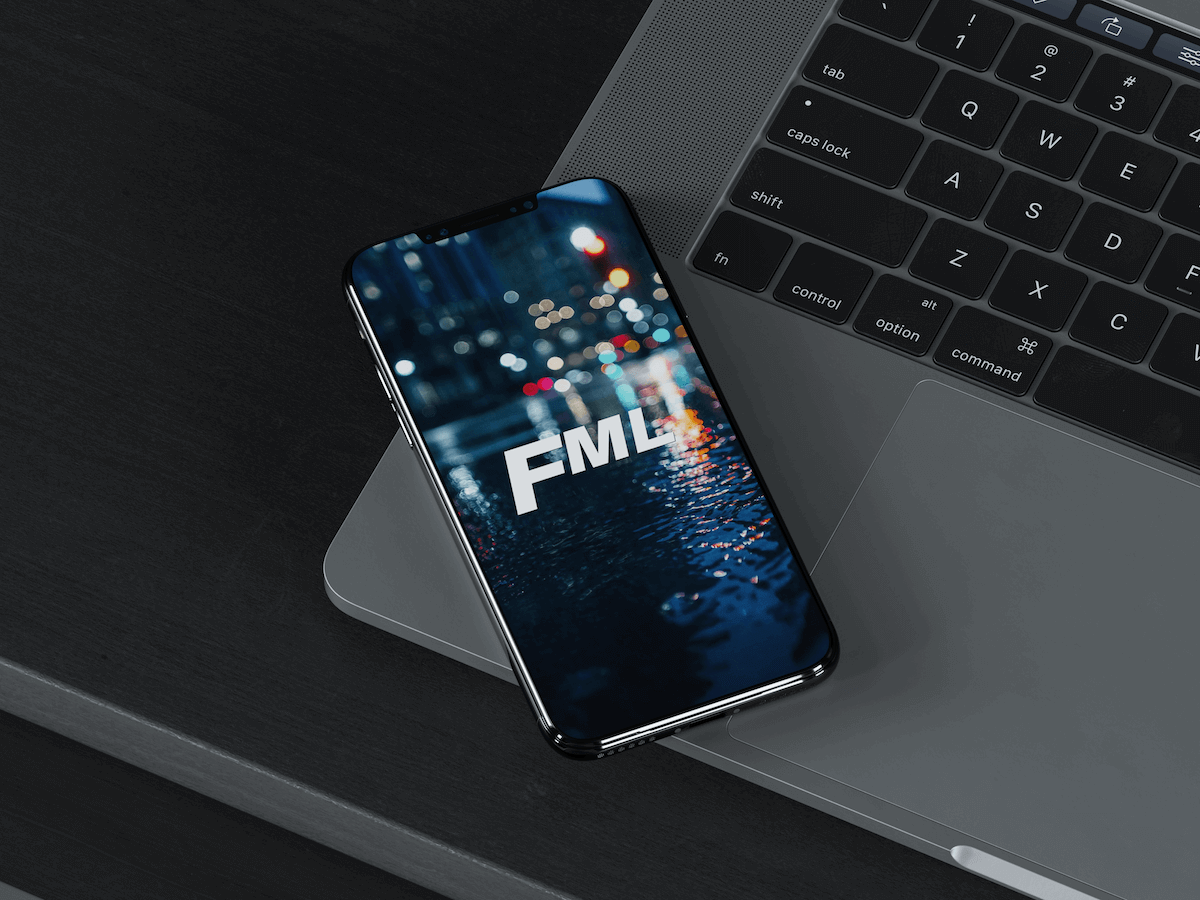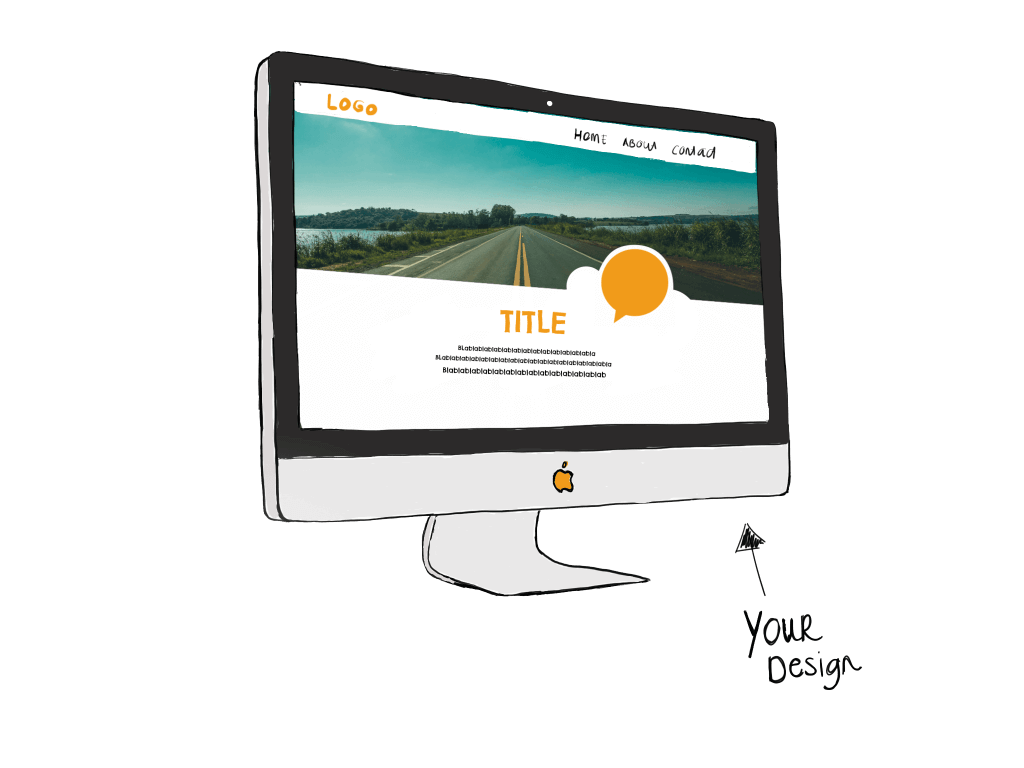Your website is more than an online business card. It contributes to the findability of your company, it gives the opportunity to interact with your customer (s) and helps you increase sales.
Whether you are a webshop owner or a photographer with an online portfolio, you have to sell your site. 69 handy web design tips Perhaps you only have a new site or your website needs a freshening up. You can go to work yourself or hire someone with the knowledge. Whether you’re sitting at the buttons yourself or someone else, this infographic from PSDtoWP.net helps you get started with 69 web design tips. Consider the points of attention design, user-friendliness, and content. Because a site should not only look beautiful but be well-constructed and attractive. Want to view all 69 tips? Then scroll down to view the infographic. Click on the image for a larger copy.
Extra: 5 tips to increase the conversion of your website!
Do you have your own website, but does a far too high percentage of visitors leave without your goal being reached? Then the so-called conversion of your website is probably not too bad. Conversion is the extent to which visitors do what you ask for: that can be buying a certain item, but also signing a petition or simply leaving a message for other visitors. A low conversion rate can be happily remedied! In this article, you get five tips to improve the conversion of your website.
-
Is your homepage well arranged?
This may seem a bit like kickin in an open door, but a website often lacks clarity and structure. Yes, indeed the less is more approach. The result of a poorly designed website is often a useless homepage or main page, which can be considered the most important page of your website. If your customers are looking for protein powders and your main page is punctuated with information about slimming powders, then you are just chasing away all those potential customers. Even more frustrating for your visitors is when Google forwards them to your page, but the searched information is nowhere to be found! The results are that the customer clicks annoyed by all kinds of pages and then leaves your website for what it is. Make sure that the main page is clear and useful. Provide an overview of your products/services / categories. Process your good qualities and make clear why they have to stay. Make it simple and clear. The homepage is the most important. Remember this well.
-
Do customers find what they are looking for on your website?
Tip two is an extension on tip one because in fact, they tackle two of the same issues: messy websites. Even if you have everything that has ever been said and written about bullfrogs on your webpage, that does not necessarily mean that customers actually find that information. It is important that you divide the pages logically and clearly. You can check that fairly easily. Review your own main page. Can you easily see where visitors should click when they search for information? This may be due to a too busy layout (dozens of pictures of bullfrogs), but also more subtle defects (underlined words that do not appear to be hyperlinks). Basically, within a few clicks, your visitor should be able to find everything about their favorite bullfrog. When a visitor wants to know something about the color of bullfrogs and your page first comes up with endless lists about the pair behavior of these reptiles, your visitor will probably get lost. So make sure that the information is easy to find. Provide a clear menu structure (organize the products and services into categories). Make sure that every page can be reached within 2 to 3 clicks. Provide a search function on the website. Use a fixed layout style throughout the website. Do not write long texts, but give summaries.
-
Use emotions
People make decisions based on their emotions. We use logic as the driving force of our emotions. If you expect something from the visitors, but the page in question makes a gloomy, gray impression, this will give your visitors a gut feeling. It is important that you make a connection between the content of the web page and the emotion that you want to evoke. Imagine: you sell vacuum cleaner bags. When you go for a very simple design full of shades of gray, it evokes the wrong reaction with your visitors. After all, your website is so dusty that the quality of the vacuum cleaner bags is probably also questionable. If, on the other hand, you add images of shiny floors and clean carpets, that kind of confidence will appeal to your visitors. But don’t lose it in that direction. Do not overload your site with pictures of broadly smiling housewives who disinfect entire cities with their vacuum cleaners; after all, that might be a little ambitious. Be alert to the effect of colors, pictures and slogans. Try to respond to the feeling of your visitor.
-
Make it easy for your visitors
This tip is to a certain extent a continuation of tip two. After all, if your future customer has found the information he or she is looking for (for example, a login screen), a clumsy designed registration procedure can ruin it in just a few seconds. Therefore, walk through your own website and determine where you have to do unnecessary actions. Visitors prefer to be completely pampered, especially if they come to your website to purchase an item. Do not get in the way. Suppose you want to expand the mailing list of your newsletter. You can force willing visitors to go through an extensive registration process, but you can also simply request an e-mail address and have the rest of the contact details filled in later. This makes your website less interruptive. Moreover, visitors always appreciate these small adjustments. Design your website purely on the experience of the visitor. Try to make your website more user-friendly. Check your loading speed (e.g. with Google PageSpeed Insights). Ask your visitors / customers what can be improved!
-
Build trust
Even if you turn all of the above tips and suggestions into action, you can completely miss the mark in one single aspect: trust. Nobody wants to do business with a company or individual that seems to be shady. Fortunately, generating trust is not very difficult. Is your website eligible for quality marks? Put the logos of those labels at the top of the web page. Do you get a lot of positive feedback from your visitors? Do not hesitate to put these on the website clearly (but not too intrusive). Thanks to the internet, visitors can now more easily than ever find out whether a website can be trusted. Make sure you take advantage of that. Do you have a web page and a Facebook page of your company? Put your fanbase on the website; that is the reliability of the website (and therefore also the conversion). Put quality marks on the website. Put short pluses of your service on the website. Let social media come forward. But don;t forget about spelling mistakes and outdated content! Content is king…but quality is his queen!
Web Design Estepona | FML Marketing
FML marketing is your partner to develop your digital strategy. We offer web design and Search Engine Optimization. Next to that, we support our clients with digital marketing strategies, social media automation and, graphic design. Thank you for reading out blog, and don’t forget to subscribe to our newsletter.




